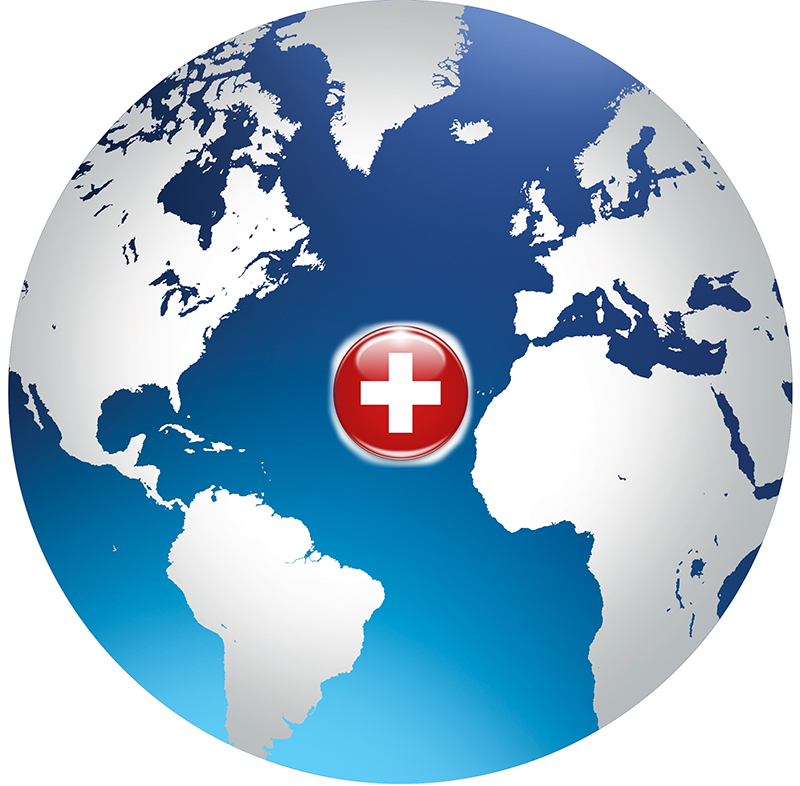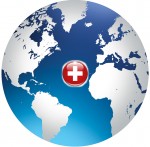As economies around the world struggle for growth, countries in Asia are riding the wave of one of the world’s fastest growing industries—medical tourism. Industry growth rates in the region are hovering around 25%, according to Patientsbeyondborders.com. In some countries, growth rates are increasing due to demand from rising numbers of affluent (and aging) Asians, international expatriates, and the increasing ease of international travel.
While countries such as Thailand, India and Singapore have long lured patients seeking access to lower cost, good quality medical care and attractive traveling venues, players in China, South Korea and Japan are starting to get in on the action as well. The result is an increasingly competitive market, with clinics and hospitals throughout the region upgrading and diversifying their medical facilities to offer the latest medical technology has to offer, often with government support. These trends are creating new growth opportunities for medical device manufacturers.
Thailand, Singapore and Japan: Expanding Specializations
As a world-renowned vacation destination, Thailand offers medical tourists a combination of warm and sandy beaches, inspiring temples and 44 Joint Commission International (JCI)-accredited hospitals that are considered the gold standard of healthcare. These institutions offer medical procedures priced at a fraction of what they would cost in Western Europe, Canada and the United States. A coronary by-pass graft cardiac surgery in Thailand is about two-thirds the cost of the same procedure in the United States, for example. Knee replacements may cost one-third of the price. And you can lie on the beach at an attractive resort while recovering.
It may be best known as a destination for patients seeking sex-reassignment surgery, but the most requested procedures that medical tourists seek in Thailand include heart bypass surgeries, spinal fusions, full body CT scans, and dental and cosmetic surgeries. And the list of services is expanding. Bangkok’s Bumrungrad International Hospital has gradually expanded to offer more than 30 specialty clinics, ranging from endocrinology and orthopedics to plastic surgery. It is also expanding outwards to meet rising demand from Asian clientele, with its first investment in a Mongolia hospital and more on the way. Bangkok’s Dusit Medical Services, another big player, recently opened its third foreign hospital in Phnomn Penh, Royal Phnom Penh Hospital, to serve growing numbers of well-heeled Cambodians.
Regional governments are joining the competition for medical tourism clients by supporting hospital expansion elsewhere in Southeast Asia. Under a government-led program, hospitals in Malaysia, for instance, recently agreed to treat insured patients arriving from Vietnam. And Malaysia’s IHH Healthcare Bhd., a partially government-owned company that owns hospitals in Singapore, Vietnam, Brunei and China, is doubling its number of hospital beds by 2017 with an eye towards medical tourism. Penang Adventist Hospital, another government-owned entity, is marketing its expertise in coronary bypass and laser heart surgeries.
Japanese hospitals are also expanding to cater to expatriates and Asians seeking cutting-edge medical treatments. Japanese government support is funding Kitahara International Hospital’s emergency care unit in Phnom Penh, for example. And Japanese healthcare group, Capital Medica, is exporting a Japanese hospital operation to management system via investments in Southeast Asian hospitals, where it aims to attract tourism patients seeking high-quality cardiac and orthopedic procedures, for example.
Japan’s government is also actively trying to attract medical tourists to its shores. While it is considered a relatively expensive tourism venue, Japan offers broad access to advanced medical equipment, such as MRIs and CT scans, as well as technologies such as radiotherapy. The government has eased visa rules for medical tourism patients and is now working on accrediting companies that match foreign patients with domestic hospitals such as St. Lukes International Hospital in Tokyo. And, with an eye on the 2020 Olympics, it is also planning to accredit 200 to 300 institutions as Japan International Hospitals that cater to international patients.
Singapore may be comparable to Japan in terms of the quality of its physicians and medical devices. More than 10 hospitals in Singapore hold JCI-accreditation. And clinics such as eMenders and Raffles Medical Hospital are well known for specializing in orthopedics, cardiology and endocrinology. Similarly, like governments in Japan and Malaysia, Singapore’s Tourism Board (STB) works with private healthcare providers to attract more tourists seeking treatment.
India, China and South Korea: Expanding Facilities
Government efforts to attract medical tourists are in part a response to intensifying competition from up-and-coming players in India, South Korea and even China.
For example, South Korea has established a welcome center for medical tourists at Seoul’s Incheon International Airport, relaxed visa requirements for medical tourists, and a help center to provide legal support for foreign patients unhappy with the results of treatment. Korea’s Tourism Organization expects the number of medical tourists to double to nearly 1 million by 2020.
India attracts a more diverse group of tourists. Its highly trained physicians offer a range of specialized procedures in attractive tourist venues such as the capital, New Delhi, and the island of Goa—at relatively low prices. For example, according to the Development Bank of Japan, a cardiac valve replacement or bone marrow transplant is nearly 10 times less expensive in India than in the United States.
India has more than 20 JCI-accredited hospitals, and the number is growing as specialty healthcare providers expand to meet demand from increasing numbers of medical tourists. Companies such as Fortis Healthcare, Wockhardt and Apollo Hospitals have been actively expanding. And healthcare facilities such as medical diagnostic and pathological laboratories are also multiplying. These trends are driving demand for high-end diagnostic and medical equipment, such as PET- CT devices, Femoral Introducer Sheath and Hemostasis (FISHTM) devices, and in vitro diagnostics and robotics equipment.
As in India, demand for medical device equipment in China is rising alongside a proliferation of high-end private hospitals and healthcare providers. China is not yet on the map as a medical tourism destination—many affluent Chinese go to the United States or Japan for radiology or cardiac procedures, to Singapore for orthopedic care, or to South Korea for cosmetic surgery. But Japanese, American and Singapore hospital operators have been expanding in China as well to meet the needs of a large international expatriate population and increasing numbers of affluent Chinese. Local operators, such as Phoenix Healthcare and United Family Healthcare, are also actively growing their footprints. As China’s government encourages private sector participation in its healthcare sector, the number of specialty clinics is likely to grow further, ensuring continued demand for high quality medical device and diagnostic equipment. Perhaps one day China will compete for a spot as Asia’s premier medical tourism destination.







